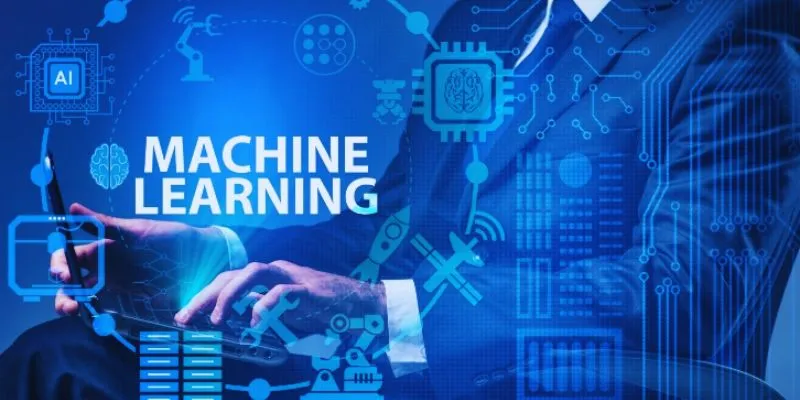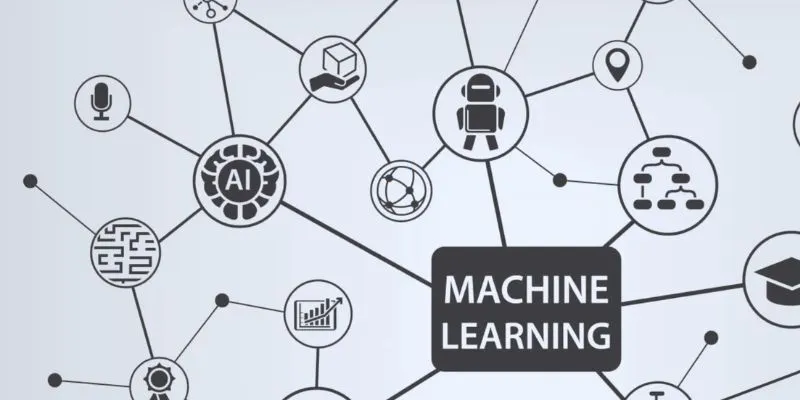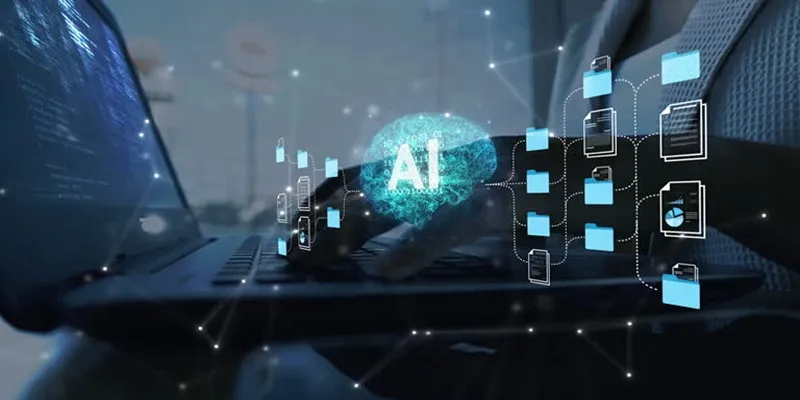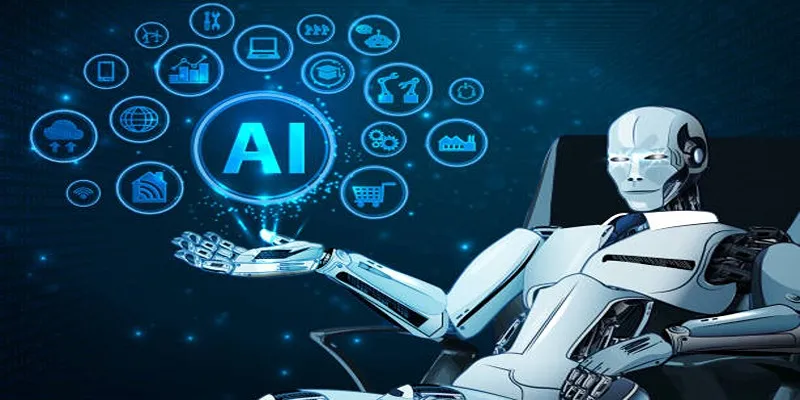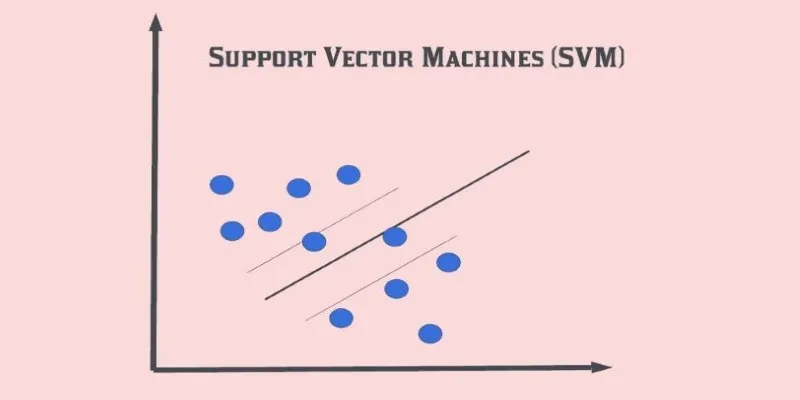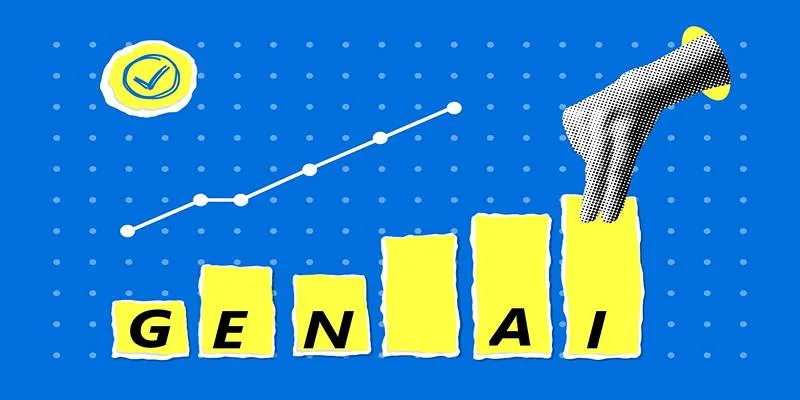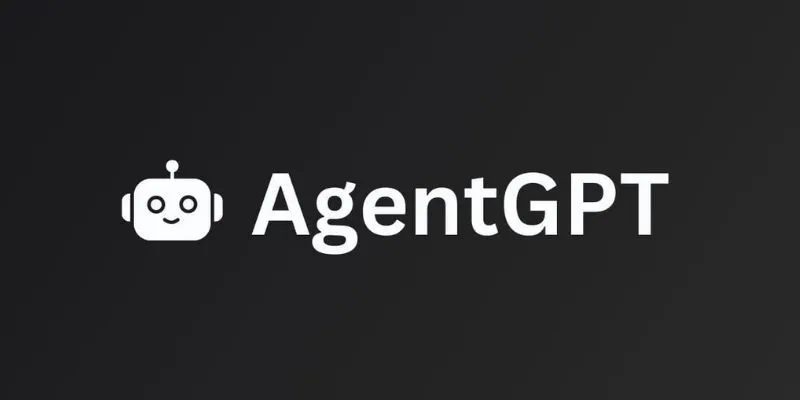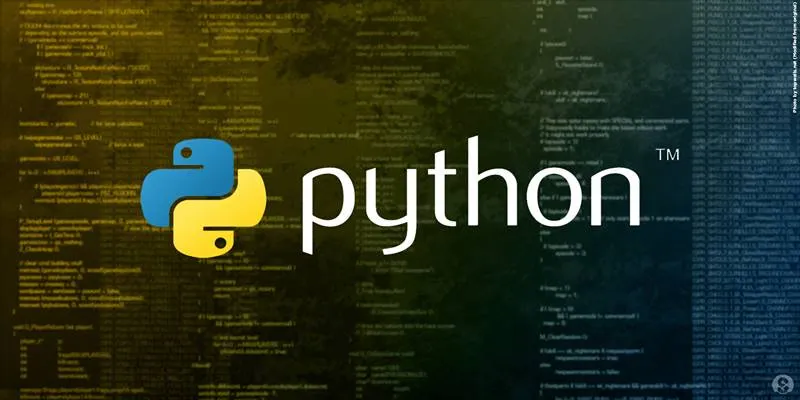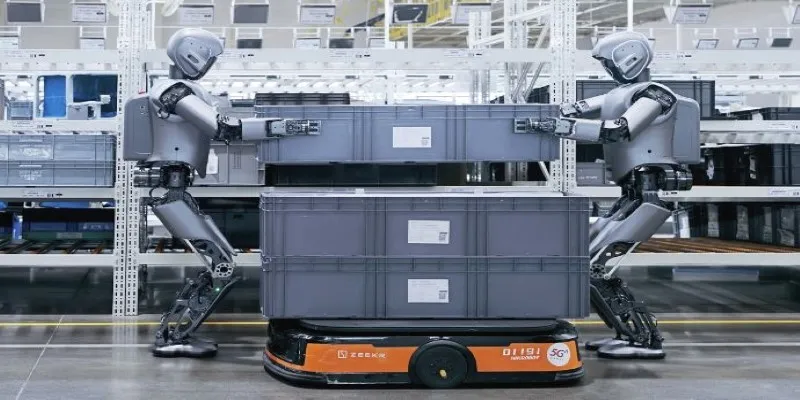Machine learning isn’t new, but the way it’s built and delivered has taken a sharp turn. What was once dominated by exploratory notebooks and manual handoffs is now shaped by versioned code, automated pipelines, and shared engineering practices. Models are no longer just mathematical objects; they are software components tested and deployed like any other production software.
The shift is reshaping how we work with data and deploy intelligence into real systems. It’s about making breakthroughs dependable and repeatable. Machine learning as code is not a future trend—it’s already here.
From Models to Codebases
Machine learning once relied heavily on notebooks and informal tracking. Experimentation was quick, but reproducibility and scale were often missing. Model versions were poorly documented, leaving teams with fragile workflows that were hard to trust or share.
The shift to treating machine learning as code changes everything. Every step—from data preparation to training, evaluation, and deployment—is defined in version-controlled code. This turns models into shareable, testable systems. When pipelines are scripted, anyone on the team can reproduce or extend past work without guesswork.
Machine learning is becoming more sustainable. Codebases act as documentation, infrastructure, and workflow, all in one place. Logic becomes transparent, and models are easier to review, deploy, and maintain. This shift makes machine learning less about one person’s knowledge and more about team-wide understanding.
Infrastructure Meets Intelligence
The boundary between machine learning and software engineering has blurred. Tools like MLflow, DVC, Metaflow, and Kubeflow enable teams to manage experiments, data, and training workflows consistently. Instead of managing files manually, teams can trace every model version, dataset snapshot, and parameter set through code.

Hiring patterns have changed too. Companies now seek ML engineers who can write both good models and good code. Understanding data pipelines, APIs, and infrastructure is as important as knowing model architectures. Writing Python is one thing; writing production-ready code that others can maintain is another.
Model training is moving into automated pipelines, centralizing the way teams build and reuse inputs. CI/CD pipelines now support model deployment as easily as they support web apps. With infrastructure as code, models can be deployed and monitored using the same tools developers use to manage backend services.
This approach doesn’t just enhance scalability—it adds predictability. Engineers can test changes, catch bugs before deployment, and monitor models in production like any other service. Machine learning as code makes it easier to keep things running smoothly long after the first version is trained.
Collaboration and Control
One of the biggest wins from this transition is improved collaboration. With shared code, teams can work together more easily. Source control allows for peer reviews, rollback capabilities, and clear version histories. Everyone can see what’s changing and why.
This structure also supports compliance and transparency. When every part of the model’s lifecycle is in code, you can trace how predictions are made. You know what data was used, what code ran, and who signed off. That kind of audit trail is valuable—not just for regulatory needs but for internal trust and confidence.
Debugging is also more manageable. Instead of manually retracing steps, engineers can rely on logs, tests, and tracked metadata. If something breaks, it’s easier to figure out why. Automated checks help prevent silent failures, such as model drift or corrupted data. Retraining can be triggered by performance drops, and alerts can catch problems early.
Machine collaboration adds another layer. When systems are defined in code, automation becomes possible. Jobs can be scheduled, resources can be optimized, and updates can happen with minimal intervention. The goal isn’t to remove human input but to reduce repetitive work and focus attention where it matters most.
Looking Ahead
This shift is changing not just how models are built but how teams operate. Instead of isolated workflows, there’s a shared codebase reflecting the entire lifecycle. It allows new team members to pick up work quickly and makes it easier to scale from prototypes to products.

The playing field is leveling. What was once exclusive to large tech companies is now accessible to smaller teams. With open-source tools and cloud platforms, startups can build reliable ML systems without massive infrastructure investments. Machine learning becomes a repeatable process, not a series of one-off efforts.
Challenges still exist. Adopting this approach takes time and a new way of thinking. Writing machine learning as code requires discipline. It’s not just about solving the problem but solving it in a way that others can understand and build on. That means documenting decisions, testing logic, and keeping workflows clean.
But the benefits are clear. Reproducibility improves. Collaboration improves. Model quality improves. It’s not just about getting something to work—it’s about keeping it working.
Machine learning is becoming less experimental and more operational. Instead of living in a notebook, it now lives in code that runs on production systems, integrates with APIs, and serves real users. That’s not a limitation—it’s an evolution that makes the work more meaningful and impactful.
Conclusion
Machine learning has evolved from its early experimental roots into a more structured way of working. Writing models as code isn’t about formality for its own sake—it’s about making things reliable, understandable, and easier to manage. Teams now build models like they build software: collaboratively, with discipline and transparency. This shift doesn’t slow innovation—it supports it. By putting models into structured, versioned codebases, people can focus on improving results instead of wrestling with chaos. It’s a practical change but one with deep effects. Machine learning as code is no longer a trend—it’s the new baseline for doing the work well.
 zfn9
zfn9
